MUSEUM HAPPENINGS
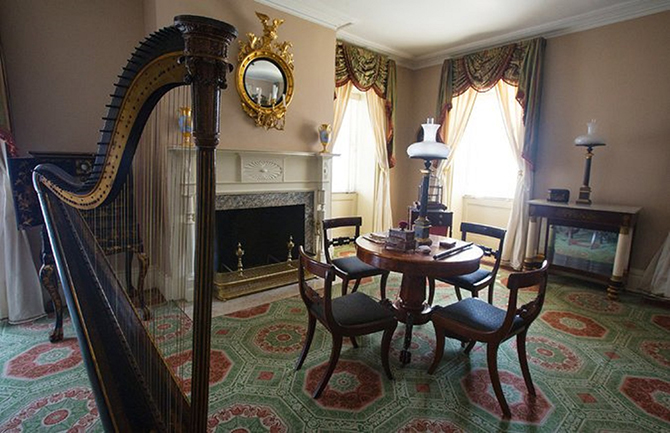
By Clint Brownfield
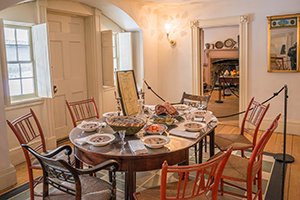
The stretch of 61st Street between 1st and York Avenues in Manhattan is nestled among high-rise apartment, and office buildings and hospitals. Just to the south, the Roosevelt Island Tramway can be seen gliding along the horizon. But the main feature here is one of New York’s true—and possibly under-discovered—gems the Mount Vernon Hotel Museum (MVHM), one of only about eight 18th-century structures remaining in Manhattan. Today, it’s difficult to imagine that this area was once farmland.
Built in 1799 as a carriage house, the stone-covered house museum today is owned and operated by the Colonial Dames of America, a hereditary society whose members can trace their ancestry back to people who lived in the colonies before the Declaration of Independence in 1776.
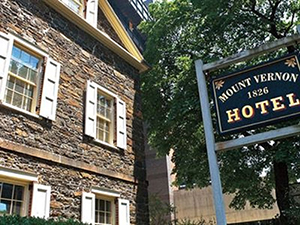
For many years, the historic building was open to the public as the Abigail Adams Smith Museum and was part of a 23-acre estate owned by John and Abigail Adams Smith. Her parents were John and Abigail Adams. The museum’s name was a bit of a misnomer since the Adams never actually lived in the structure—they resided in the main house on the property, which was lost to fire in the early 1800s.
In the mid-1980s the Federal-style home was retooled and reopened as the Mount Vernon Hotel Museum and Garden, reflecting how the building appeared when it began operating as a day hotel in 1826. Eight period rooms are now on view, in addition to the beautiful gardens surrounding the museum—providing an oasis in 21st-century Midtown Manhattan.
In 1826, when the hotel opened, the city’s population was concentrated below Canal Street and, with the opening of the Erie Canal; the city’s population grew exponentially, from 100,000 to more than 200,000 in just a few years. To escape the hustle and bustle of the city downtown, people would travel to such hotels as the Mount Vernon to live it up for a day. They arrived either by boat on the East River or carriage via the Old Boston Post Road—roughly where 1st and 2nd Avenues are today. They would spend the day overlooking the East River meet new friends, dine and would be back home before sunset.
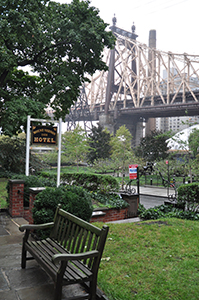
STEP BACK IN TIME
Today visitors can see those rooms furnished as they would have appeared as a day hotel in the early 1800s. Tables are set with period china, crystal, and silverware. Furniture, lighting fixtures, fabrics, and works of art reflect how people then lived without electricity—lighting in the museum is kept to a level that resembles what it would have been like then—candles and oil burning lamps. From the gardens in the back of the house, one can look up and see the date 1799 worked into the house’s stone covering.
The museum is open year round and can be rented for special occasions. Wedding parties can take over the entire house and gardens (weather permitting). Each year the house is decorated for the holidays, usually just after Thanksgiving, featuring natural materials such as fruits, nuts and whatever greenery might have been available during that time. Visit the museum soon and often—or become a member, and let the time traveling begin!
For more information about hours, group tours, special programs and events and rental opportunities at the Mount Vernon Hotel Museum, visit mvhm.org.
THE ERIE CANAL
I’ve got a mule; her name is Sal…15 miles on the Erie Canal.
This year marks the 100th anniversary of the beginning of construction of what would become the Erie Canal, which would open for business in 1825. Until then, goods had to be transported by pack animals. The Canal would link New York City to the state’s westernmost reaches, and the cost of transporting goods would be reduced by 95 percent. However, animals wouldn’t entirely be put out of business. Mules like the famous Sal would be used to help propel barges along the 363-mile “ditch.”
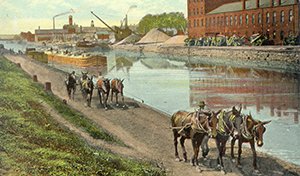
A NEW WORLD
At first, it garnered nicknames like Clinton’s Folly and Clinton’s Big Ditch after DeWitt Clinton, who was then serving as New York State’s sixth governor and was mostly responsible for the canal’s construction. Upon its completion, it would be the second largest canal in the world and would become the country’s best way to transport goods to and from the western edges of the country. After its completion, New York City became the country’s leading port, serving as the gateway—up the Hudson to Albany where the Canal began. It would terminate at Lake Erie.
This would also create income for a whole new generation of New Yorkers, forming an upwardly mobile group of people who could then afford to travel uptown, to what is now Manhattan’s Upper East Side and enjoying the good life—at least for a day—in places such as the Mount Vernon Hotel.
Today, you can explore the Erie Canalway National Heritage Corridor—America’s most famous man-made waterway. Marvel at the stone locks from the 1800s. And, weather permitting, bike/hike from Buffalo to Albany along that path mules once trod!
For more information on the Erie Canal, visit eriecanalway.org; for more information on lodging and other fun activities, visit discovertheeriecanal.com.
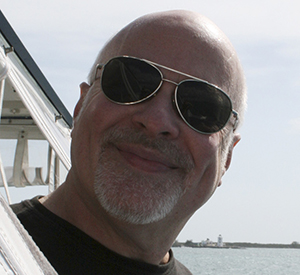
Clint Brownfield is a travel, food and beverage writer and has reported from all seven continents, more than 100 countries and 45 states. He is based in New York City—his favorite destination in the world.




